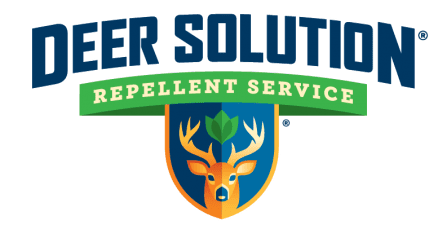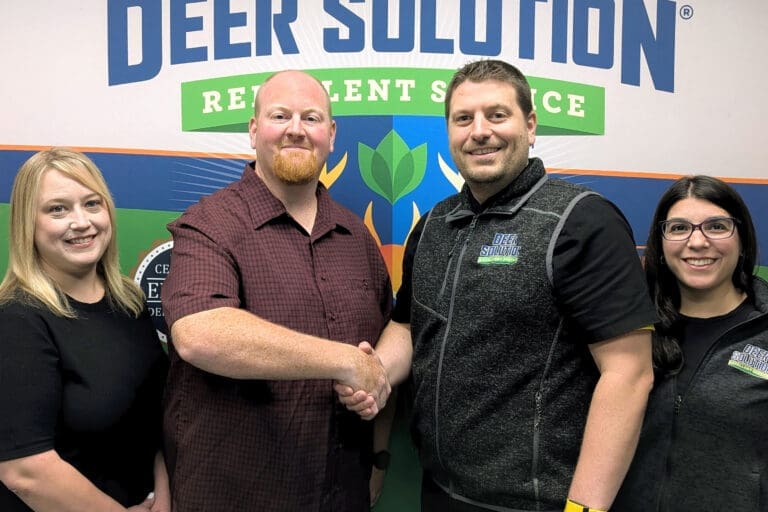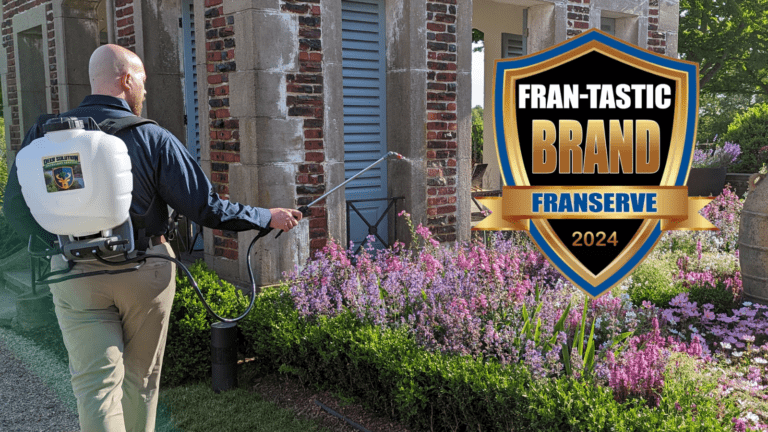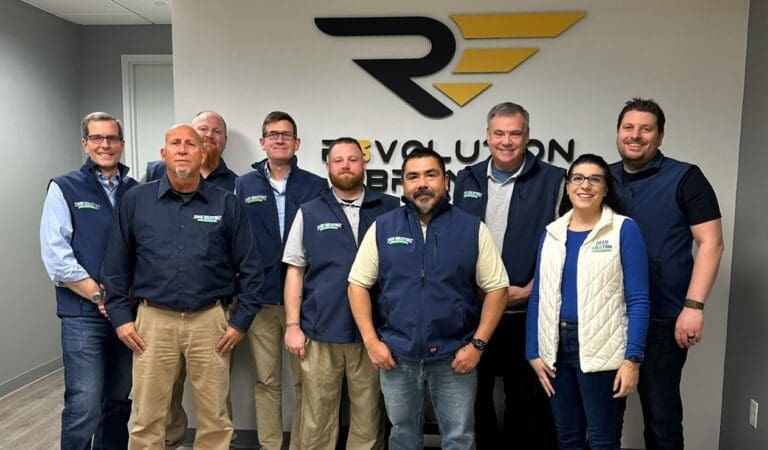Worcester County, Maryland, is at a crossroads with an increasing ecological challenge – the rising problem of deer overpopulation and its consequential damage.
This detailed article focuses on the latest developments regarding deer damage in Worcester County, emphasizing the need for deer damage control and exploring the broader implications of this issue, while intentionally steering clear of specific deer control tips.
The Escalating Issue of Deer Damage
The rising deer population in Worcester County has become a significant concern for residents, farmers, and environmentalists. This increase in deer numbers has led to more frequent interactions between deer and human habitats, resulting in notable damage to agriculture, gardens, and natural ecosystems.
Impact on Agriculture and Landscapes
Agricultural fields in Worcester County have suffered considerable losses due to deer foraging, leading to economic challenges for local farmers. Residential areas are also feeling the brunt of this issue, with extensive damage reported to gardens and landscaping.
Furthermore, the ecological balance is under threat due to deer overgrazing, affecting plant diversity and forest regeneration.
Deer Damage Control: A Community Effort
Addressing the issue of deer damage in Worcester County has evolved into a community-wide endeavor. Collaborative efforts among residents, local authorities, and environmental groups are focused on developing sustainable strategies to mitigate the impact of deer.
These efforts are aimed at balancing the needs of the community with the preservation of the county’s ecological integrity.

Economic and Ecological Considerations
The overpopulation of deer in Worcester County carries significant economic and ecological implications. The agriculture sector faces crop damage due to deer foraging, impacting the county’s economy.
From an ecological perspective, overgrazing by deer poses a risk to the county’s biodiversity and the health of its natural habitats.
Collaborative Solutions and Sustainable Management
Collaborative and sustainable solutions are key to addressing deer damage in Worcester County. Involving various stakeholders, including residents, environmentalists, and local government, is crucial.
Implementing practices based on ecological studies and wildlife management principles is essential for effective deer damage mitigation.
The Role of Education and Community Engagement
Educating the community about deer behavior and the impacts of overpopulation is vital for managing deer-related challenges. Awareness programs, community discussions, and engagement initiatives are crucial in fostering understanding and encouraging collective action toward sustainable solutions.
Future Directions in Deer Management
Worcester County must continue to adapt and refine its strategies for managing deer-related challenges. This involves ongoing research, exploring innovative approaches to wildlife management, and fostering a comprehensive understanding of deer behavior and its ecological impacts.
Managing deer overpopulation and mitigating its damage in Worcester County requires a multifaceted, community-driven approach. It necessitates active engagement, informed decision-making, and the implementation of sustainable wildlife management practices.












